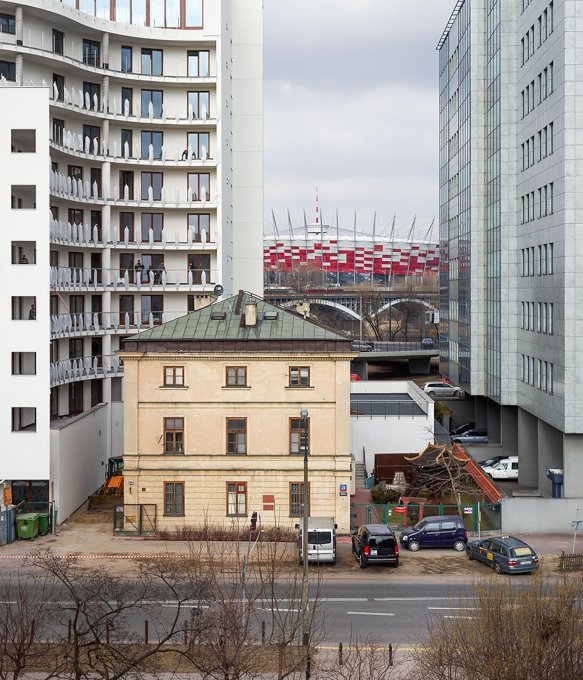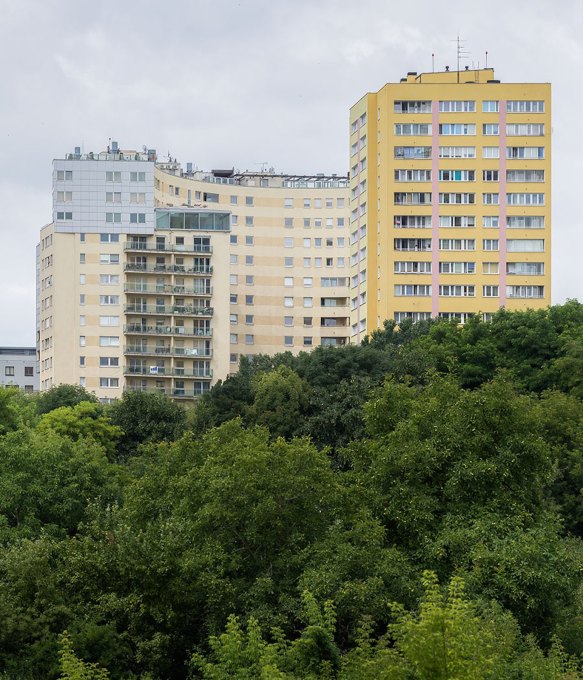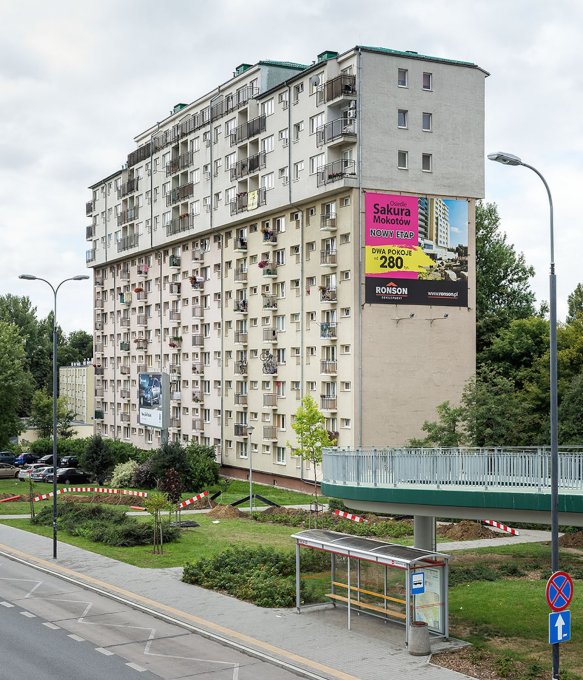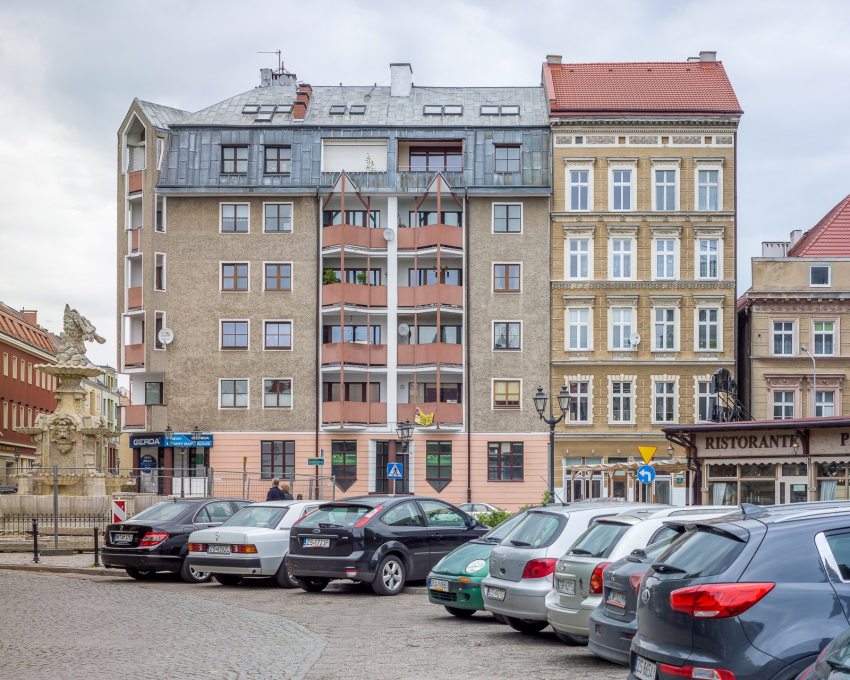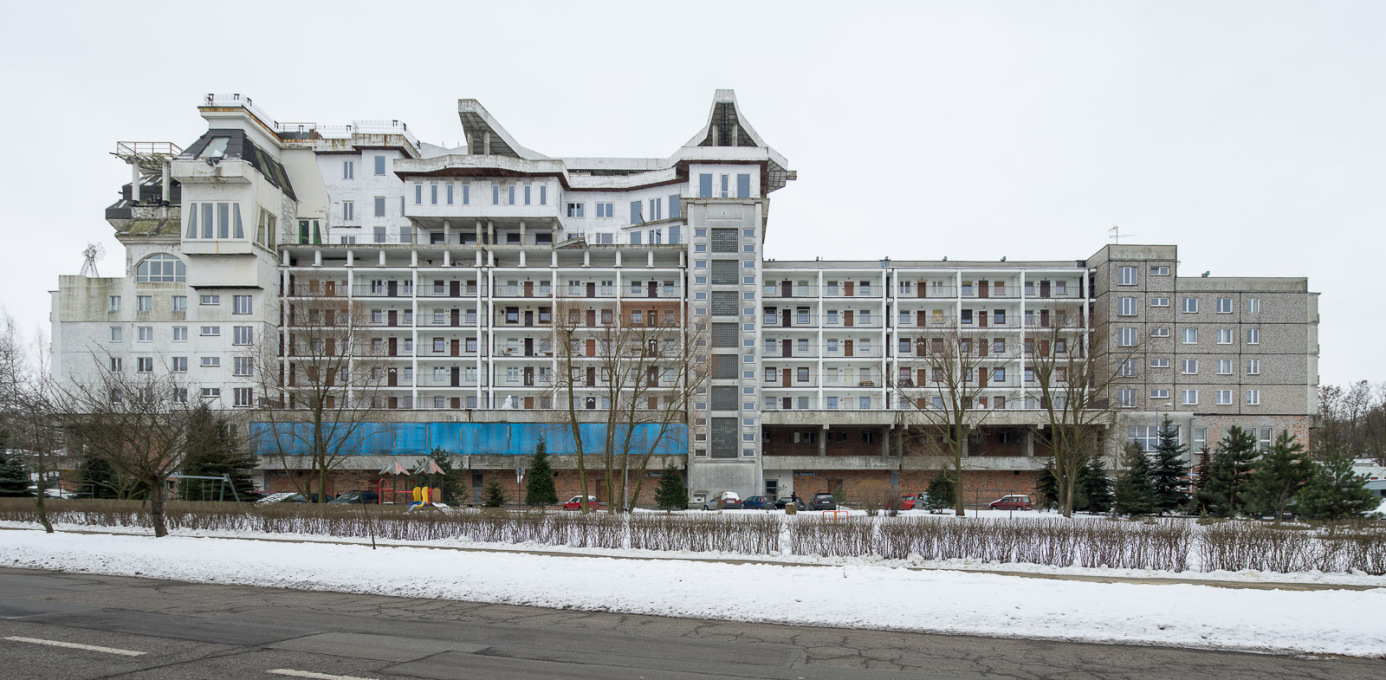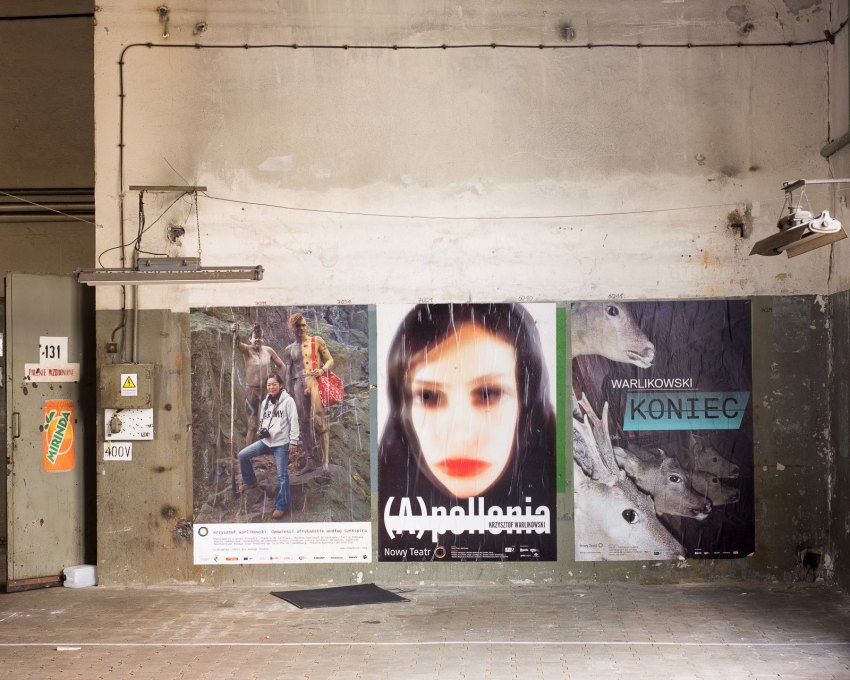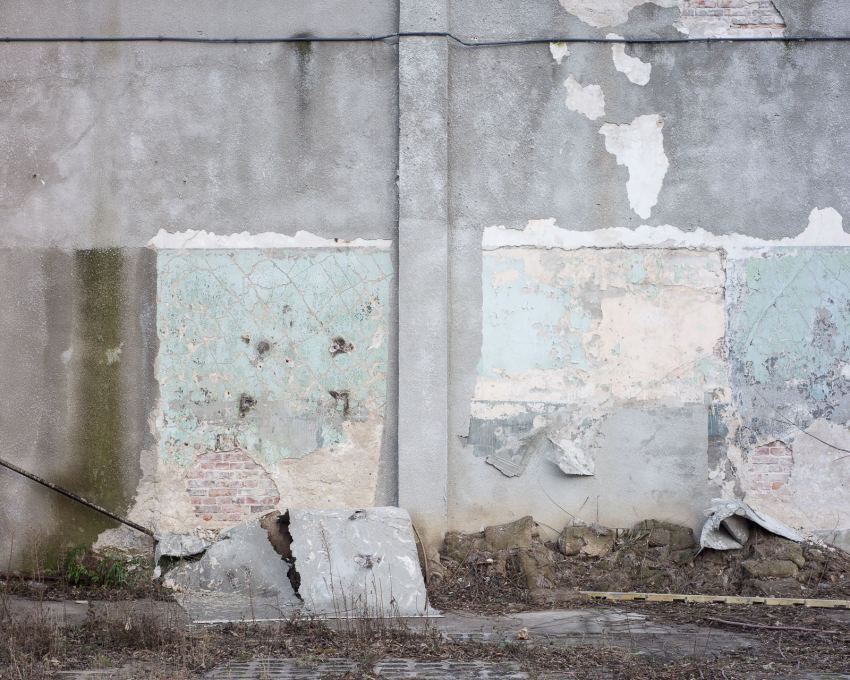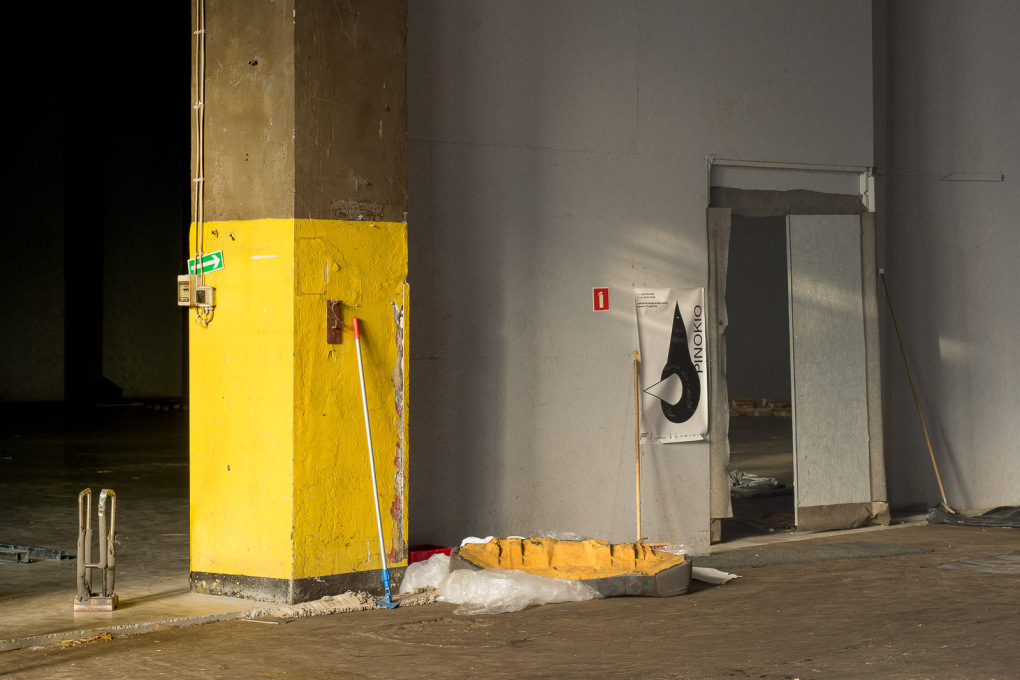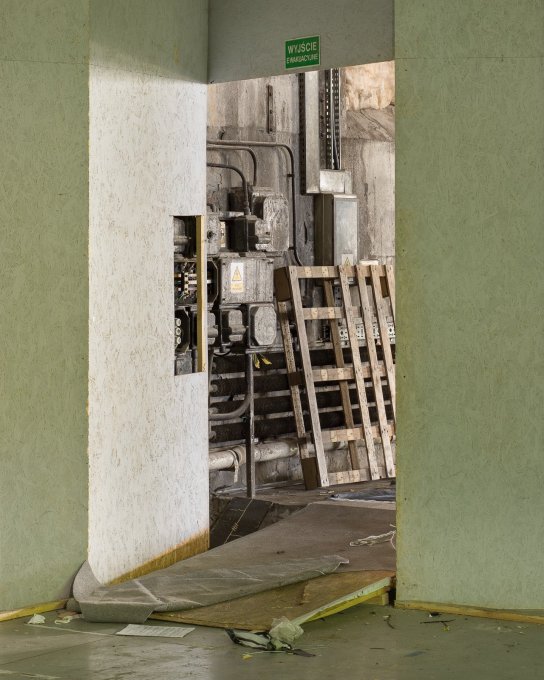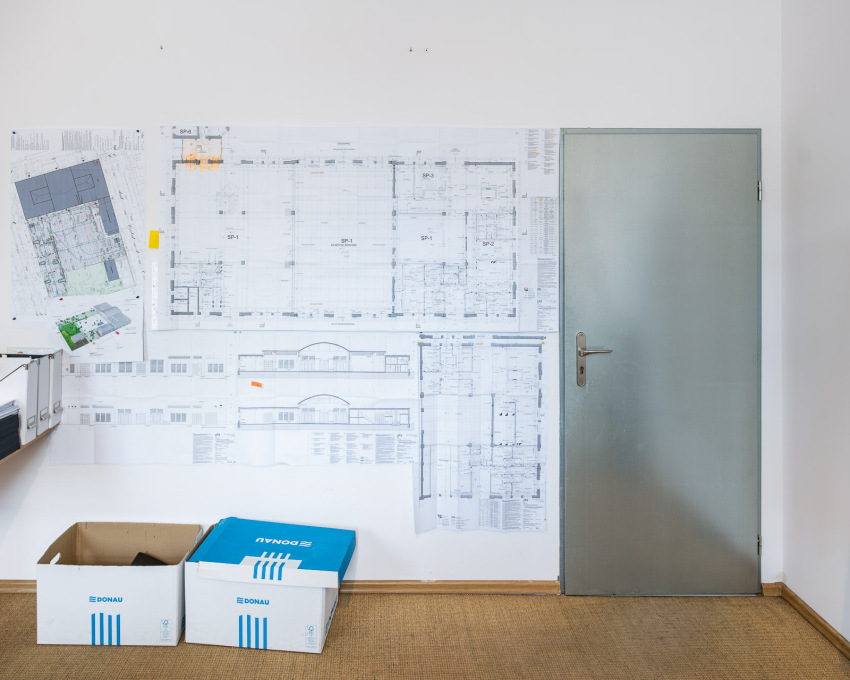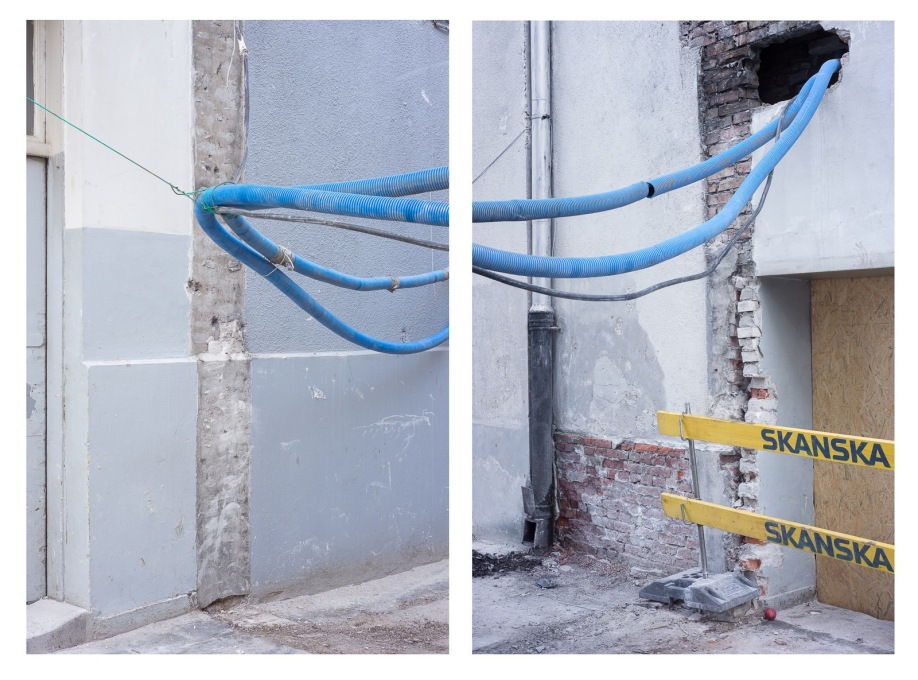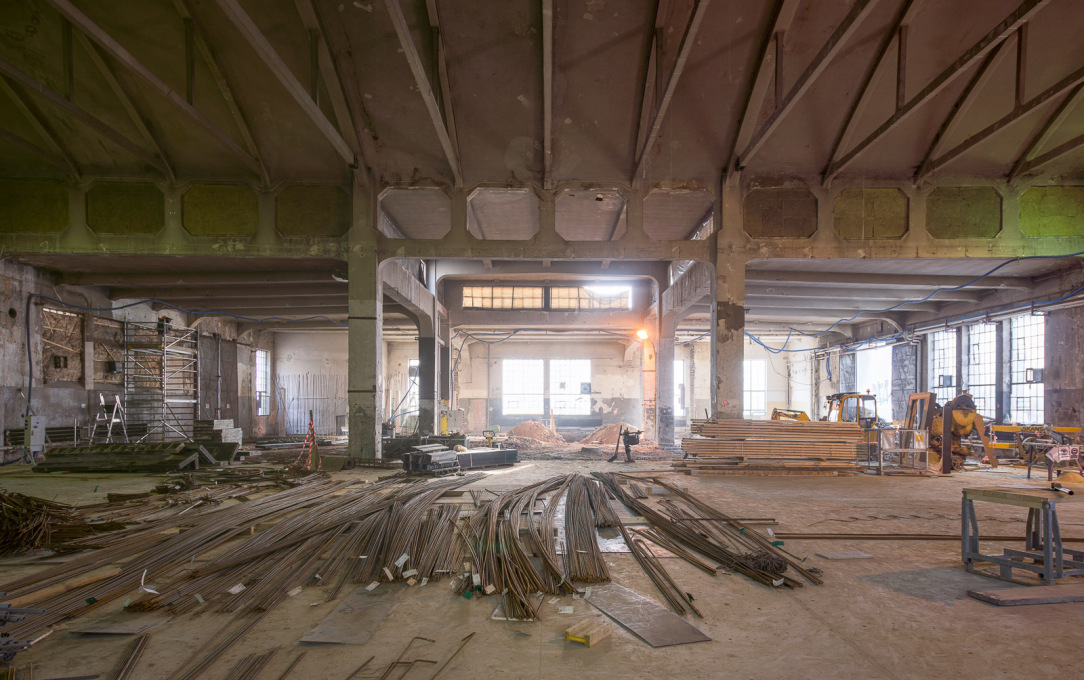Jakub Certowicz’s work as an architectural photographer in Poland has covered multiple aspects of the recent building culture there, which has been in overdrive for the past few years. As such, he has photographed both the glut of new cultural buildings – many of which we include in our Poland issue – as well as the modernist and postmodernist legacies and recent speculative boom. Here we show a wider selection of his work, and Fiona Shipwright gets his perspective on the roller-coaster ride of construction – and demolition – in Poland.
Could you tell us a little about your background? How did you become interested in photography and in particular architectural photography?
I started as a teenager, rather by accident when I chose photography as an activity at a youth community centre I attended. I became interested particularly in architectural photography thanks to Juliusz Sokołowski, with whom I worked for some time. I like this type of photography, because my reflexes were always too slow working with live models and I found it difficult to establish a good rapport with them.
You have photographed many of the buildings that could be said to represent the architectural “cultural shift” which was a starting point for our Poland issue. Was this something you became aware of as you worked or was it a surprise on looking back at your photographs to see how many of these projects had appeared over that time?
Over the last ten years many new public buildings have been built, but this process has not always been so well connected up to urban and infrastructural change. Many of them sit like objects in a vacuum, or are not used as intended, or were merely investment opportunities created quickly for short-term political or commercial gain. I must admit that many times I was fooled by the outer shell, and the finished buildings, whilst beautifully designed, did not sit comfortably on their sites once built, or just did not function properly. But there are also contrary examples … take the Warsaw University Library - for a long time I was skeptical about this building, but today you can see how brilliant this project is, and how it completely changed the face of the area.
Are there any projects or buildings which you are particularly fond of or which you think are particularly successful? Are there any that you have not yet photographed but really want to?
There have been several great buildings in recent years. One of my favourites is the headquarters and workshop of the advertising agency Yeti, which is near Krakow and designed by Jack Krych. The project has gone almost unnoticed here in Poland. I'm also a huge fan of the work of eM4 studio, who helped revitalise many of the public spaces in the old part of the city of Gorlice in southern Poland.
You have produced a very interesting series of photographs entitled "Zachłonność" – which I understand means “Greed” – and which were included in the intriguingly-named Warsaw Under Construction: Occupation Architect exhibition at the Museum of Modern Art there. Could you talk a little about what those photographs deal with?
“Zachłonność” is a new word that combines the terms Zachłanność (greed) and Chłonność (absorbency). Architects here use this term “absorbency” to describe the square metreage of useable space of a building which can be fitted onto a particular site.
Today, the ability to condense more metres of useable space onto a site has become an important criterion in the selection of a particular project team by developers and private or even public investors. Absorbency can therefore be seen as the number of metres “added in” in relation to the number of metres “taken out”. For an investor who prefers to work in units of currency, it is the ratio of the amount of money invested versus the amount of money earned. This project is still in progress.
In 2012 you photographed the 1970s apartment blocks in Grunwaldzki Square in Wrocław, designed by Jadwiga Grabowska-Hawrylak, for an exhibition looking at how her buildings might look after some (careful) renovation work. Would you like to see a little less new building and a little more renovation happening in Polish cities?
Coming from Warsaw, I find it very difficult to accept you can just demolish a building purely because it has been deemed uneconomic or lost its original function. And I would prefer it if the people who make decisions like this are in any case the public planners and users, rather than developers. I think it's worth putting the effort into restoration and revitalisation, because a major advantage of these existing buildings is that we know them, despite their flaws.
What are you working on at present – can you tell us about any future projects?
As mentioned the “Zachłonność” project with The Museum of Modern Art in Warsaw is ongoing. At the same time I’m working with architect colleagues to try and create something like an anthology of Polish architecture of the nineties, with all the baggage of political transformation, outdated postmodernism and the cult of money that comes with that period. Also, for the past few months I’ve been working on a systematic documentation of the construction of the “New Theatre” International Cultural Centre, currently on site in Warsaw. It's an interesting project as I’m working to the rhythm of the construction, seeing and documenting the changing space from day to day, from specific details to the overall site.
– Interview by Fiona Shipwright
– Jakub Certowicz is an architectural photographer based in Warsaw.




